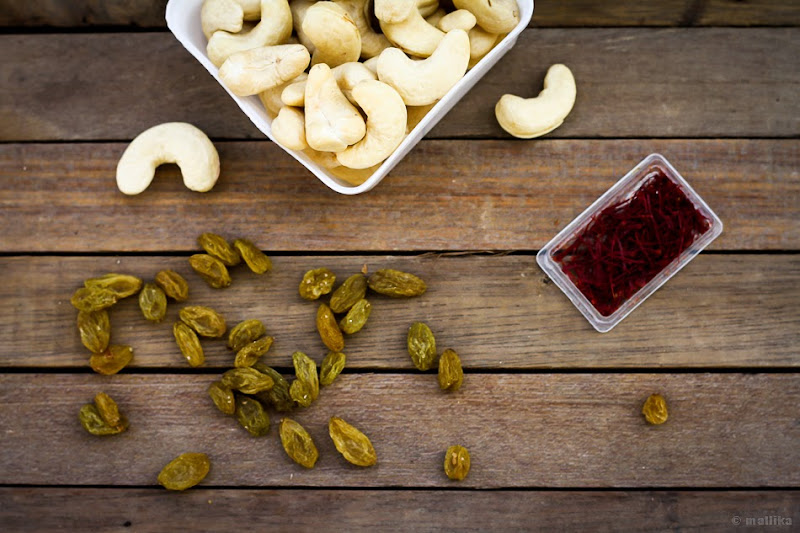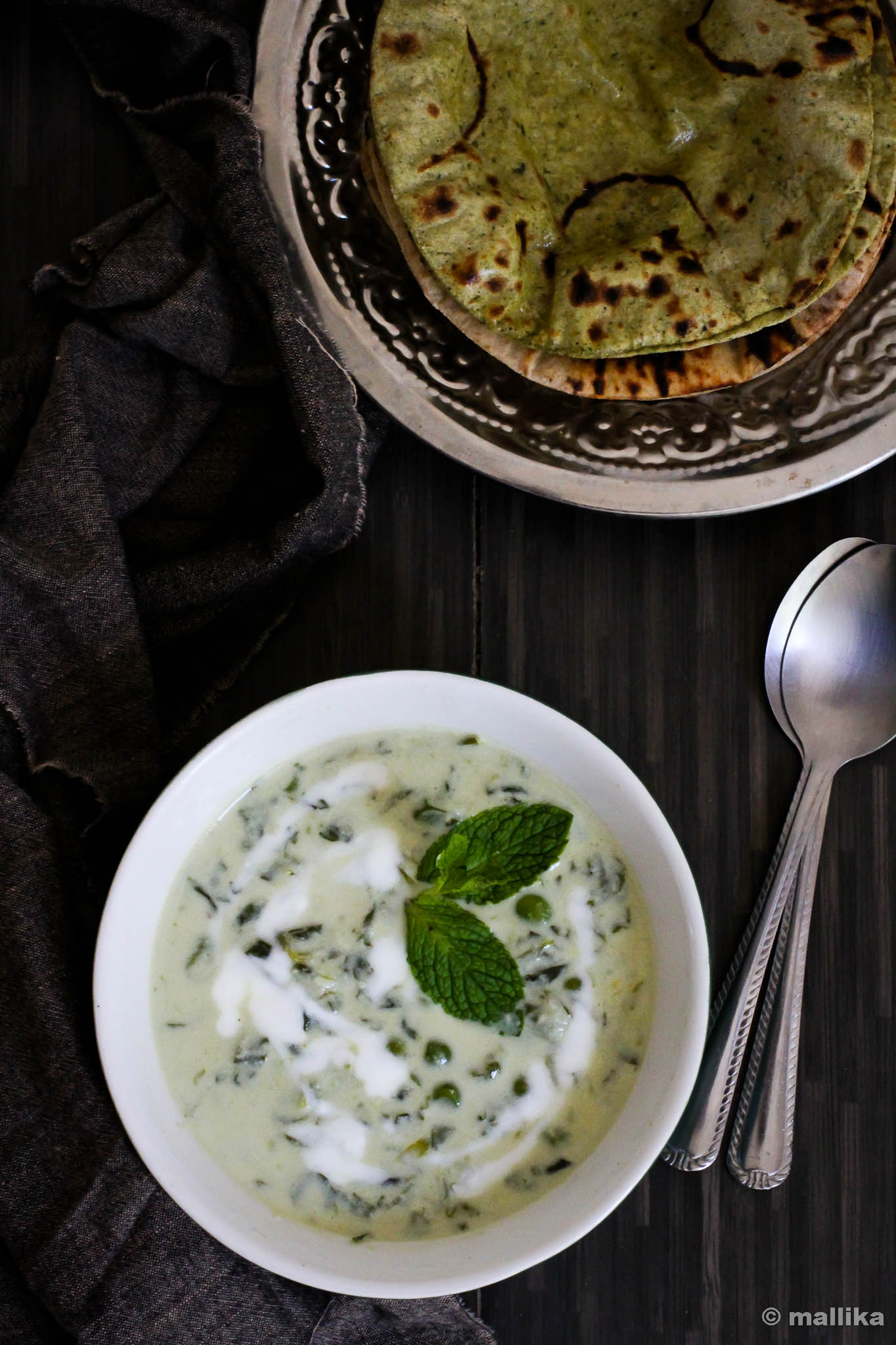
I was nine when I first learnt swimming. Well, nothing really one should boast about, but then I remember the day so well that I can’t help but bring in reflections of that day here.
My magenta pink swimsuit, the matching swim cap and those bright hues in shades of sky blue and baby pink swimming tube without which we would never enter the pool. Dad would wake us up as early as 5.30 am, hand over a tall glass of milk each that the three of us would gulp down, get us ready and drive us down to the pool. As we took our showers and came out to step into the pool, dad would help us float our swimming tubes around our waist. My sister and I spent couple of months that way with those fluorescent plastic tubes balancing us on water and that clearly meant we would never learn swimming with those tubes on. Dad decided one day that we should forsake the tubes and on the pretext of having forgotten them at home, he coaxed us to throw our arms and beat legs to learn swimming. In a week’s time or so, with good coaching and motivation from dad and the coach, I managed to swim my first 20 meter stretch, that stretch of the pool I can recall well even till date. Back home, my mom was a happy lady. She needed a reason to celebrate and my learning for the day became a reason to cheer and so this vermicelli kheer was made to revel my first swim.
To say, that wasn’t the first time I had semiya kheer or shavige payasa, since we’ve grown up eating them regularly at home, to an extent one could simply abhor them even by the word of it. In ceremonies, at weddings, to offer guests or to enrich simple Sunday lunches. Shavige payasa made a hushed, humble manifestation between chirpy talks, deepened family bonding times, boosted celebrations or even merely uplifted spirits. So you’ll know there are several memories etched over bowls of this kheer or payasa, or whatever you choose to call which makes this dish unforgettable. There are cheerful moments of frolic and laughter we’ve breathed with our family and friends over meals that ended with this kheer. Those tiny blissful moments of celebrations made by mom on topping the class exams or lugging the first swim, a medal won at a school competition or dad’s promotions, we’ve reveled all those moments of simple pleasures with this kheer. That ceremonial food I would love to relish on endless occasions, sitting obverse the traditional banana leaf in long rows, awaiting patiently for the first dollop of the delicious payasa to be served on the designated bottom left corner of the leaf, and as it trickled down, saving the part of it by carefully lifting the edges of the leaf and licking it off the first thing the moment we chorused Hara Hara Mahadeva, Goooovinda! Those simple joys filled with nostalgia and memories that makes every little mouthful of this payasa utterly blissful.
But the fact is that vermicelli kheer is so damn easy to make, that it’s hardly any effort and can be whipped up in minutes on demand to celebrate any occasion and that’s what makes this dessert so special. Be it a celebration, an occasion, or drop of the hat guests visiting you or no-clue-dessert-on-the-whim, Shavige Payasa or Vermicelli Pudding is just the right kind of dessert you would fall back upon. If you are an Indian, then this probably is one of those first desserts you learn by heart, by instincts and not by lessons imparted by the older generations.
And a well-made vermicelli pudding is too delicious to ignore. It’s means subtly creamy, marginally condensed, not cloying sweet, with a touch of ochre goodness from saffron and earthy affection from cardamom that make up a bowl of deliciously perfect kheer. And those generous helpings of ghee-fried raisins and cashewnuts will only embellish this bowl of divine goodness. So if you are feeling lonely today or you just want to celebrate, conjure up your memories with this bowl of kheer.
My magenta pink swimsuit, the matching swim cap and those bright hues in shades of sky blue and baby pink swimming tube without which we would never enter the pool. Dad would wake us up as early as 5.30 am, hand over a tall glass of milk each that the three of us would gulp down, get us ready and drive us down to the pool. As we took our showers and came out to step into the pool, dad would help us float our swimming tubes around our waist. My sister and I spent couple of months that way with those fluorescent plastic tubes balancing us on water and that clearly meant we would never learn swimming with those tubes on. Dad decided one day that we should forsake the tubes and on the pretext of having forgotten them at home, he coaxed us to throw our arms and beat legs to learn swimming. In a week’s time or so, with good coaching and motivation from dad and the coach, I managed to swim my first 20 meter stretch, that stretch of the pool I can recall well even till date. Back home, my mom was a happy lady. She needed a reason to celebrate and my learning for the day became a reason to cheer and so this vermicelli kheer was made to revel my first swim.

To say, that wasn’t the first time I had semiya kheer or shavige payasa, since we’ve grown up eating them regularly at home, to an extent one could simply abhor them even by the word of it. In ceremonies, at weddings, to offer guests or to enrich simple Sunday lunches. Shavige payasa made a hushed, humble manifestation between chirpy talks, deepened family bonding times, boosted celebrations or even merely uplifted spirits. So you’ll know there are several memories etched over bowls of this kheer or payasa, or whatever you choose to call which makes this dish unforgettable. There are cheerful moments of frolic and laughter we’ve breathed with our family and friends over meals that ended with this kheer. Those tiny blissful moments of celebrations made by mom on topping the class exams or lugging the first swim, a medal won at a school competition or dad’s promotions, we’ve reveled all those moments of simple pleasures with this kheer. That ceremonial food I would love to relish on endless occasions, sitting obverse the traditional banana leaf in long rows, awaiting patiently for the first dollop of the delicious payasa to be served on the designated bottom left corner of the leaf, and as it trickled down, saving the part of it by carefully lifting the edges of the leaf and licking it off the first thing the moment we chorused Hara Hara Mahadeva, Goooovinda! Those simple joys filled with nostalgia and memories that makes every little mouthful of this payasa utterly blissful.

But the fact is that vermicelli kheer is so damn easy to make, that it’s hardly any effort and can be whipped up in minutes on demand to celebrate any occasion and that’s what makes this dessert so special. Be it a celebration, an occasion, or drop of the hat guests visiting you or no-clue-dessert-on-the-whim, Shavige Payasa or Vermicelli Pudding is just the right kind of dessert you would fall back upon. If you are an Indian, then this probably is one of those first desserts you learn by heart, by instincts and not by lessons imparted by the older generations.
And a well-made vermicelli pudding is too delicious to ignore. It’s means subtly creamy, marginally condensed, not cloying sweet, with a touch of ochre goodness from saffron and earthy affection from cardamom that make up a bowl of deliciously perfect kheer. And those generous helpings of ghee-fried raisins and cashewnuts will only embellish this bowl of divine goodness. So if you are feeling lonely today or you just want to celebrate, conjure up your memories with this bowl of kheer.

Seviya Kheer / Shavige Payasa / Vermicelli Pudding
INGREDIENTS
1 cup Vermicelli / Shavige, pre-roasted or lightly roasted to golden brown
3 cups Milk
2 tbsp. Milk powder, optional
3/4 cup Sugar
A generous pinch of Cardamom Powder
1 tbsp. Cashew nuts
1 tbsp. Raisins
1 tbsp. Ghee
4-6 strands Saffron strands dissolved in a tbsp. of warm milk
DIRECTIONS:
Heat milk in a pot till just warm. Dissolve the milk powder in it and bring it to a boil. Reduce the flame and add in roasted vermicelli / seviya to the milk and stir well. Stir gently and allow the seviya to cook through. When its al dente, add sugar to taste and cook further till the vermicelli is just soft. Do not overcook as it may end up being too mushy. Pour the saffron strands along with its milk, bring to boil and switch off the flame. Add fresh cardamom powder and stir well.
In a separate pan, fry the cashew nuts & raisins in ghee till cashews turn golden brown and the raisins begin to swell. Pour the fried dry fruits along with ghee to the prepared payasa / kheer. Serve the payasa / kheer hot, warm or cold.
Notes:
* Use the thicker variety of vermicelli, like MTR or Bambino since it holds shape after cooking.
* Pre-roasting is a must, else you will end up with a clumped, sticky pudding which is not very pleasing and palatable.
* I always have a stock of milk powder in my pantry, hence I have used it in this recipe. Milk powder is a cheat version to avoid slaving over for the milk to condense. Though using diluted condensed milk here will also work, milk powder does the same job equally well.
* Milk powder / Condensed milk is optional and gives the kheer a richer, creamier taste, though traditionally it’s not used and you may skip it altogether by using only plain full fat milk.






Like the addition of milk powder :-) i used to hate this payasa...the way it is made in our ooru but now i love and cherish all these ....lovely pics :-)
ReplyDeletesuch good memories and payasam :) love ure spoons extremely adorable :)
ReplyDeleteLove this kheer any time. awesome click, very professional :):) loved the cutlery too.
ReplyDeleteStunning click who wouldn't love this yum kheer just wow
ReplyDeletewonderful post and awesome clicks...
ReplyDeleteRanjani : No words to describe about the pics.. they are lovely ...
ReplyDeleteVery beautiful presentation, droolworthy kheer..
ReplyDeleteLOVE seviya kheer. So comforting :)
ReplyDeleteI find kheer so so so comforting. either with rice or seviya. Now I am craving!
ReplyDeleteFabulous photography!
ReplyDeletePayasam looks delicious...classic pics!!
ReplyDelete